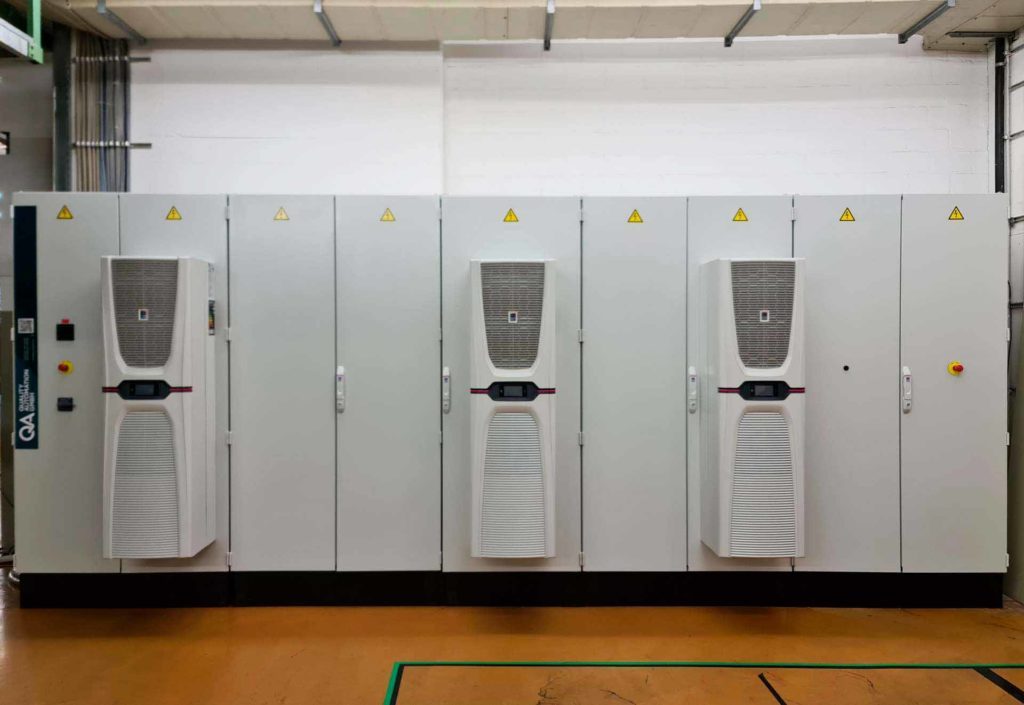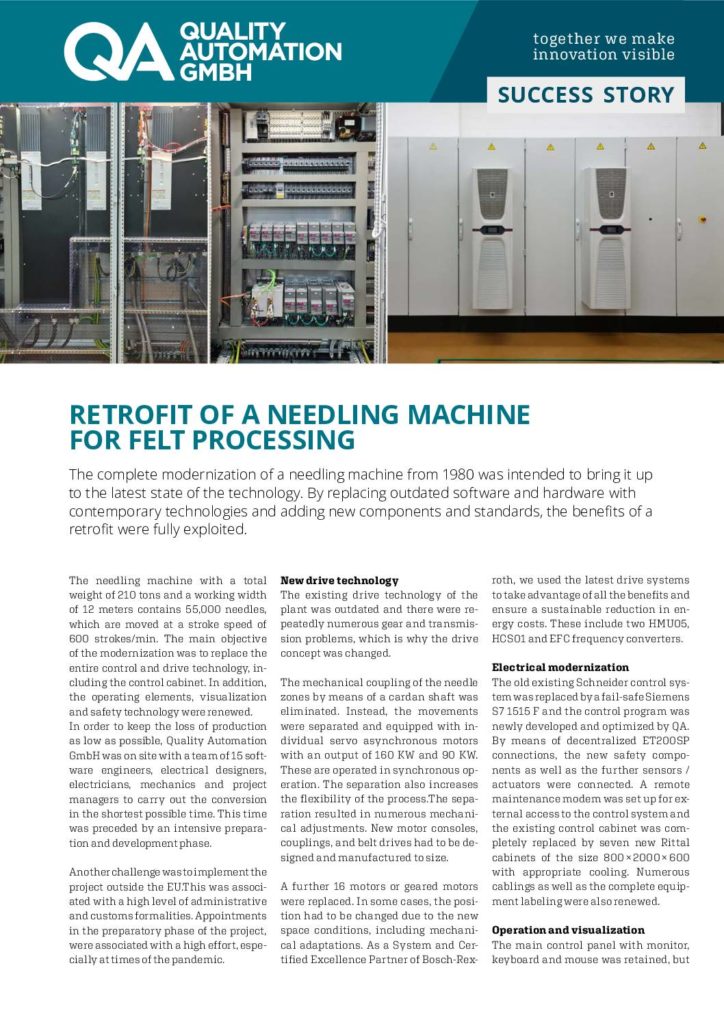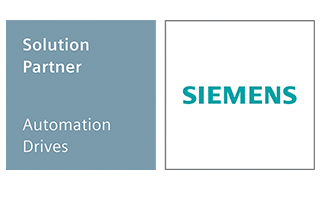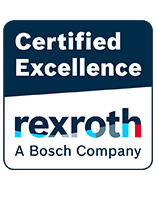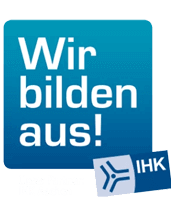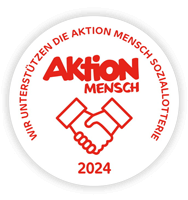The needling machine with a total weight of 210 tons and a working width of 12 meters contains 55,000 needles, which are moved at a stroke speed of 600 strokes/min. The main objective of the modernization was to replace the entire control and drive technology, including the control cabinet. In addition, the operating elements, visualization and safety technology were renewed.
In order to keep the loss of production as low as possible, Quality Automation GmbH was on site with a team of 15 software engineers, electrical designers, electricians, mechanics and project managers to carry out the conversion in the shortest possible time. This time was preceded by an intensive preparation and development phase.
Another challenge was to implement the project outside the EU.This was associated with a high level of administrative and customs formalities. Appointments in the preparatory phase of the project, were associated with a high effort, especially at times of the pandemic.
New drive technology
The existing drive technology of the plant was outdated and there were repeatedly numerous gear and transmission problems, which is why the drive concept was changed.
The mechanical coupling of the needle zones by means of a cardan shaft was eliminated. Instead, the movements were separated and equipped with individual servo asynchronous motors with an output of 160 KW and 90 KW. These are operated in synchronous operation. The separation also increases the flexibility of the process.The separation resulted in numerous mechanical adjustments. New motor consoles, couplings, and belt drives had to be designed and manufactured to size.
A further 16 motors or geared motors were replaced. In some cases, the position had to be changed due to the new space conditions, including mechanical adaptations. As a System and Certified Excellence Partner of Bosch-Rexroth, we used the latest drive systems to take advantage of all the benefits and ensure a sustainable reduction in energy costs. These include two HMU05, HCS01 and EFC frequency converters.
Electrical modernization
The old existing Schneider control system was replaced by a fail-safe Siemens S7 1515 F and the control program was newly developed and optimized by QA. By means of decentralized ET200SP connections, the new safety components as well as the further sensors /actuators were connected. A remote maintenance modem was set up for external access to the control system and the existing control cabinet was completely replaced by seven new Rittal cabinets of the size 800 × 2000 × 600 with appropriate cooling. Numerous cablings as well as the complete equipment labeling were also renewed.
Operation and visualization
The main control panel with monitor, keyboard and mouse was retained, but the industrial PC was replaced by a new model. According to our own high standard, QA developed a new visualization and a new operating concept with user management, operating modes, recipe management, logging and printout. A manual operation of the plant, which was not available before, was also implemented.
New safety technology and sensors
Discontinued error-prone sensors for displacement and force measurement as well as various mechanical and inductive sensors were renewed and obsolete encoders were replaced by new absolute encoders.
After a detailed risk assessment of the plant, together with the customer, the entire safety technology was extensively renewed. Old emergency stop buttons were replaced by new 2‑channel buttons and connected to the F‑CPU. Various new light grids and sensors will provide the plant operators with a safer working environment in the future, and newly installed shock protection will protect the plant from damage.
Documentation
After completion of the retrofit, the customer received a completely new circuit diagram including parts lists, terminal and cable diagrams in EPLAN P8 as well as detailed operating instructions for the plant. Functional safety was re-evaluated after the retrofit measures and documented and verified by means of SISTEMA calculation. A DGUV V3 inspection of the machine was also carried out.
With the retrofit, a production plant was completely and sustainably modernized. The conversion to energy-efficient drive solutions from Bosch-Rexroth in combination with the latest software expands the plant functions and increases quality. With the all-round renewal of the safety technology, the plant now has a very high level of safety for employees and operators.
